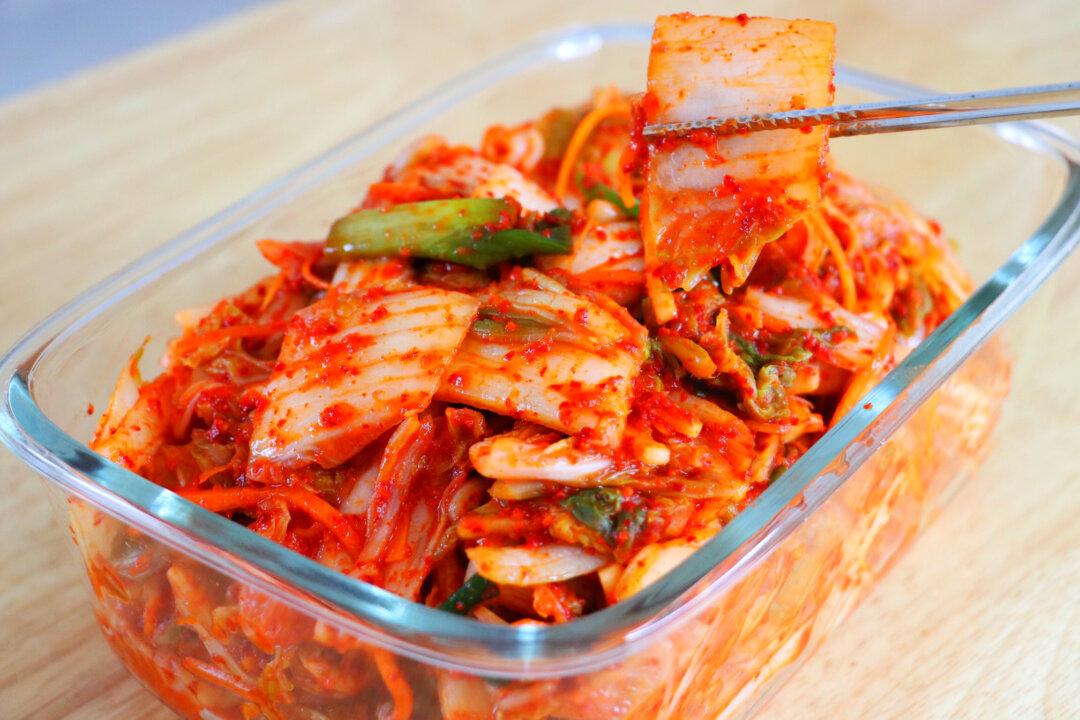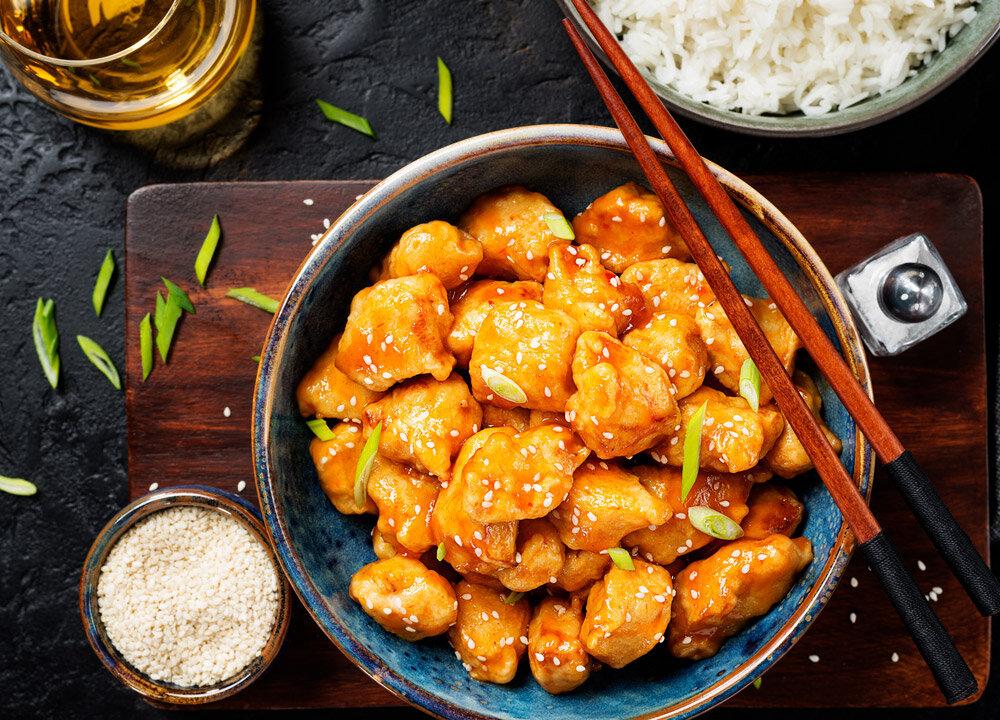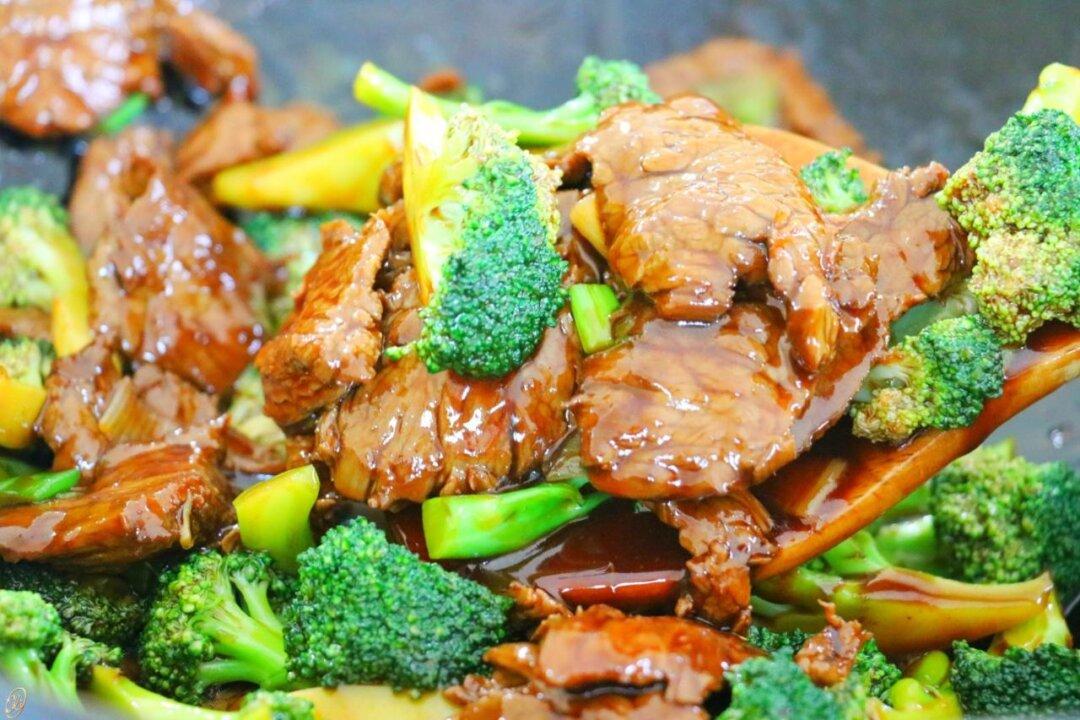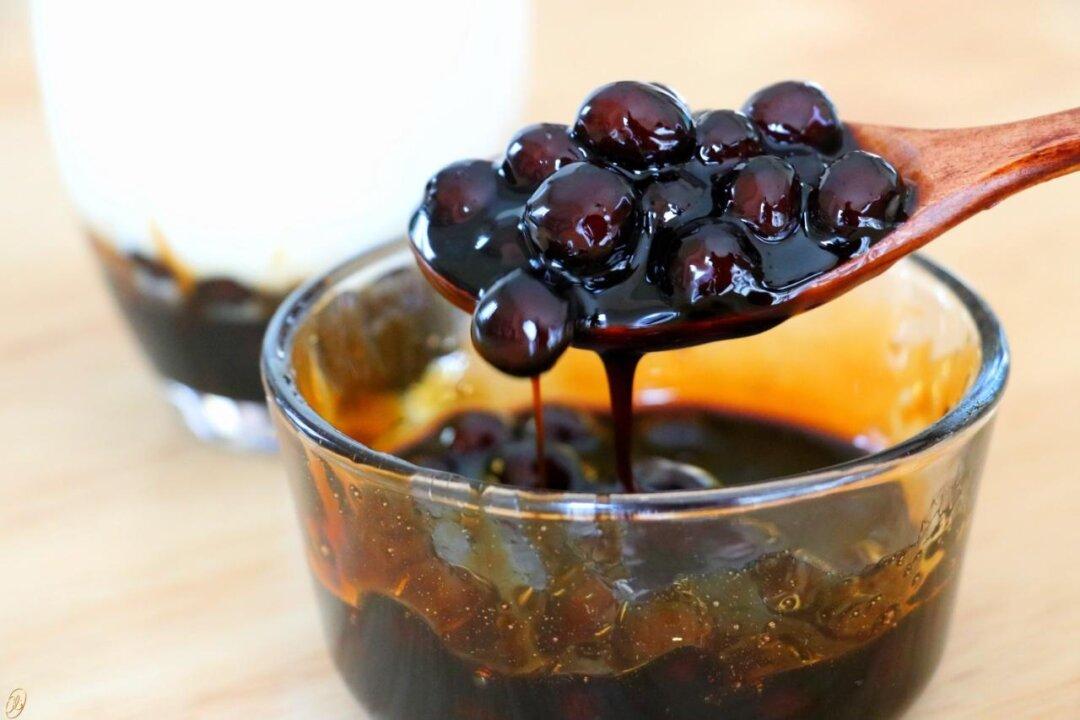The Lantern Festival, celebrated on the 15th and last day of Chinese New Year, falls on Feb. 19 this year.
There are many legends about the origins of the festival. One of the most famous dates back to over 2000 years ago, during the rule of Emperor Ming of the Han Dynasty. Emperor Ming, a dedicated Buddhist, noticed that on the 15th day of the first month of the lunar calendar, Buddhist monks always lit up lanterns in the temples. He ordered everyone to do the same, and from there on, it developed into a tradition.





